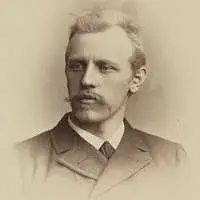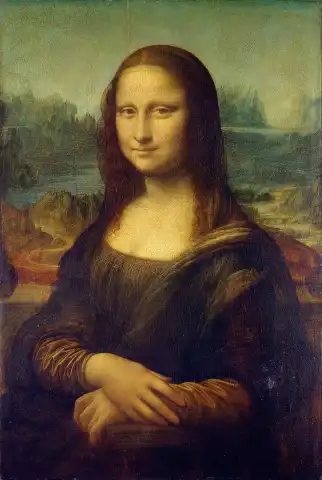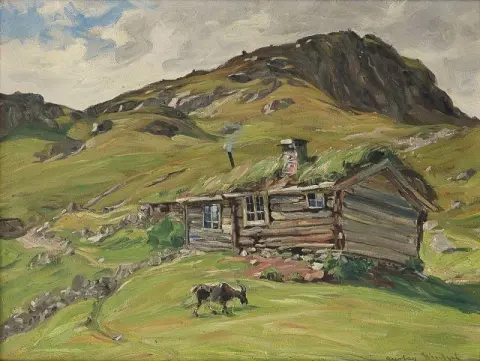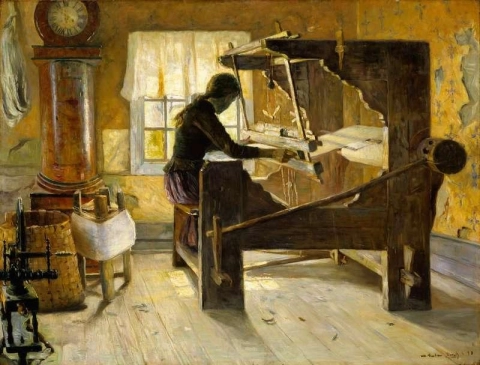

Hand painted reproductions of Gustav Wentzel
Gustav Wentzel: Master of Impressionist Seascapes and Portraits
Early Life and Artistic Development
Gustav Wentzel (1859–1927) was a Danish painter renowned for his mastery in seascapes, portraits, and marine scenes. Born in Copenhagen, Wentzel studied at the Royal Danish Academy of Fine Arts, where he developed his skills in capturing the movement and drama of the sea. His early exposure to maritime life and Denmark’s coastal beauty profoundly influenced his work, with many of his pieces reflecting a deep appreciation for the sea and coastal landscapes.
Key Works and Signature Style
Wentzel’s most famous works are his seascapes and atmospheric depictions of the coast. Paintings like The Harbor at Night and Seascape with Ships showcase his remarkable ability to capture the fluid motion of water and the ever-changing light on the sea’s surface. Wentzel’s style blends elements of Impressionism with a keen observation of nature, giving his works an evocative sense of place and emotion.
Known for his expressive portrayal of maritime life, Wentzel also painted intimate portraits and scenes of coastal activity. His work often featured vibrant skies, expansive oceans, and dynamic waves, rendering a sense of power and beauty in his natural surroundings.
Technique and Artistic Innovations
Wentzel was a master of capturing light and the movement of water, particularly through the use of bold brushstrokes and rich colors. His use of light, especially in the depiction of sunlit water, was a hallmark of his style. He employed a loose, fluid brushwork technique, which allowed him to capture the essence of the sea in all its fluidity and motion.
His paintings of water and skies are characterized by dynamic compositions and a soft yet dramatic use of light and shadow. Wentzel’s innovative approach to marine art left a lasting impact on the genre, influencing not only Danish artists but also those working across Europe.
Legacy and Enduring Influence
Wentzel’s legacy as a marine and landscape painter endures, with his works housed in prominent museums and collections. His evocative marine scenes continue to captivate art lovers and collectors. His contribution to the portrayal of coastal landscapes has made him a key figure in Danish art history, and his influence can be seen in the works of later Impressionist and seascape artists.
Today, Wentzel’s work remains celebrated for its ability to convey the beauty and power of the natural world, with particular attention to the relationship between light, water, and atmosphere.
Where to Buy Reproductions of Gustav Wentzel’s Work
Bring the beauty of Gustav Wentzel’s seascapes into your home with high-quality reproductions of his iconic works, available at POD. From his atmospheric marine landscapes to his dynamic depictions of coastal life, these reproductions allow you to experience the timeless beauty of Wentzel’s art. Ideal for collectors and those who love maritime paintings, his works add a serene yet powerful presence to any space.
Imagine owning an original-style painting by one of the greatest artists in history. At POD, we offer you the chance to make this dream a reality. Each canvas is faithfully reproduced down to the smallest detail, allowing you to experience the beauty of the artist’s vision in your own home.
Our reproductions are crafted by experienced painters using the finest materials and time-honored methods. We are committed to delivering works of exceptional quality that will inspire and bring joy to your family for generations to come.











